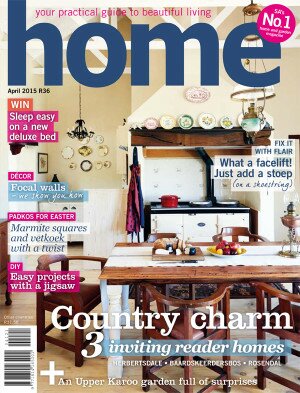-
Sleep in – or out?
31 July 2014
‘Pets should become accustomed to as many different environments as possible, and regularly and constantly interact with people in order to recognise acceptable behaviour among humans,’ says Dr Quixi Sonntag of Edu-Pet Veterinary Consulting. She believes it’s in a dog’s best interests to be allowed indoors – but it should not necessarily be given free rein. A puppy should, for example, be taught that certain rooms are no-go areas, that others are ‘by invitation only’, and that he or she has free access to certain areas only.
According to Quixi, predictable rules and routines mean happier, more relaxed pets. Cats are generally easier to keep indoors – and it’s important that they see their homes as part of their territories, or they become wanderers. Provide enough sandboxes and treats in the garden, but discourage other cats from coming around by not feeding them – and making sure your pets’ leftovers are not exposed to attract strays. If strange cats do find their way into your property, just chase them away.
If your dog does sleep indoors, make sure it has its own comfortable bed on the floor. Allowing dogs on furniture or beds is guaranteed to lead to trouble later, particularly if you have more than one dog. If two or more are allowed to sleep in your room or your child’s, this could lead to fights about who sleeps closest to you. In such a case, they should be moved to another room.
If your dog sleeps outside, make sure he or she is warm enough in winter. Dogs often prefer to dig a hole in the ground to stay warm – don’t discourage this, as it may be warmer than the kennel. Also, allow the dog to sleep indoors if it’s very cold. But if your dog isn’t acclimatised to an indoor environment while young, says Quixi, it can be very traumatic for him or her to suddenly have to sleep between four walls. Sleeping indoors can be the solution to all-night barking and raids on your garden.
Words and image: Home magazine






